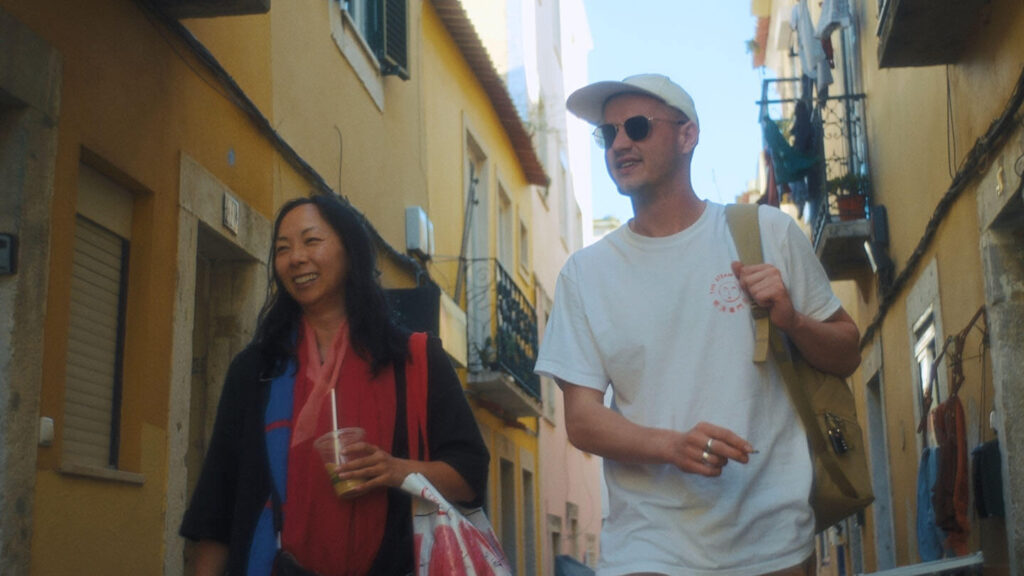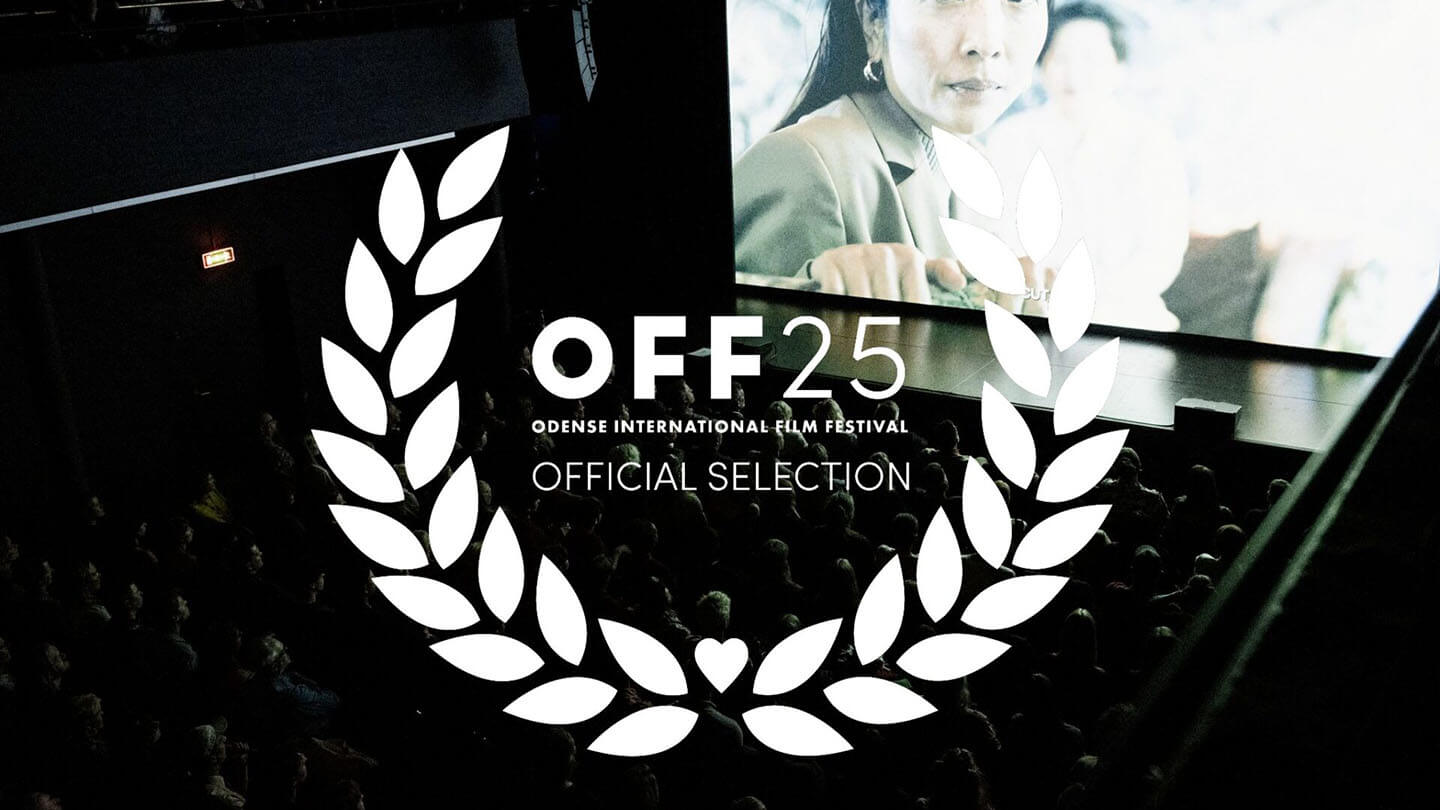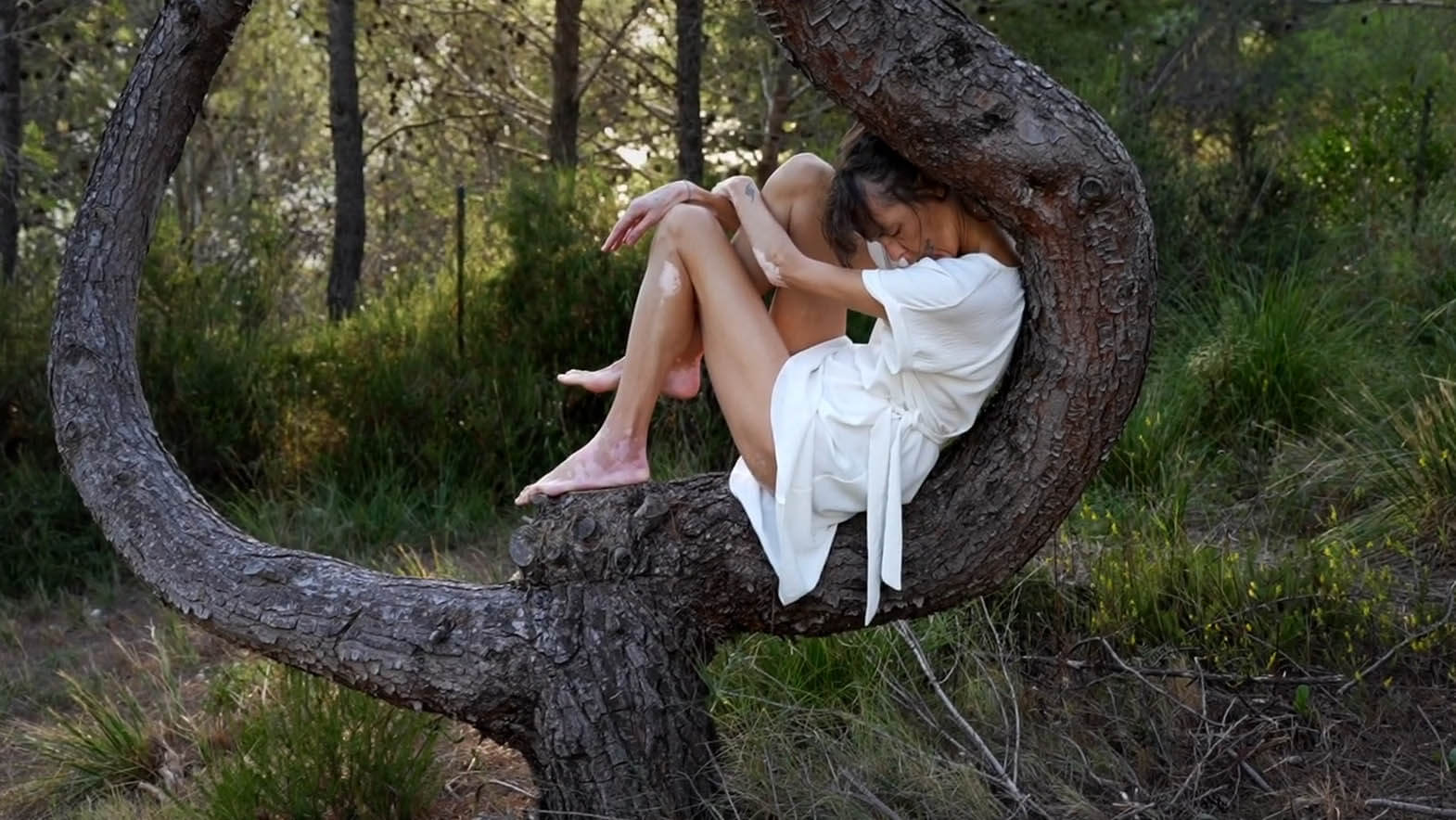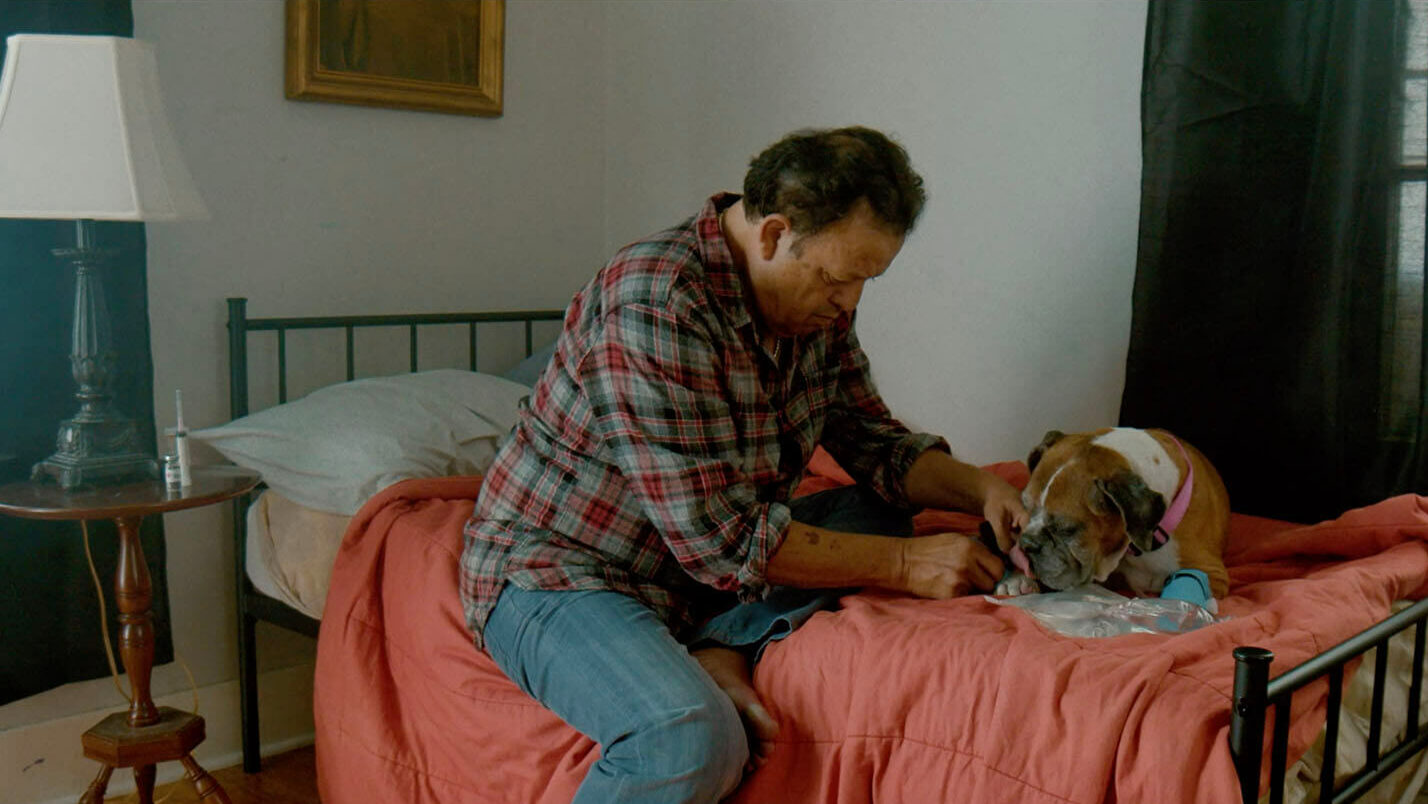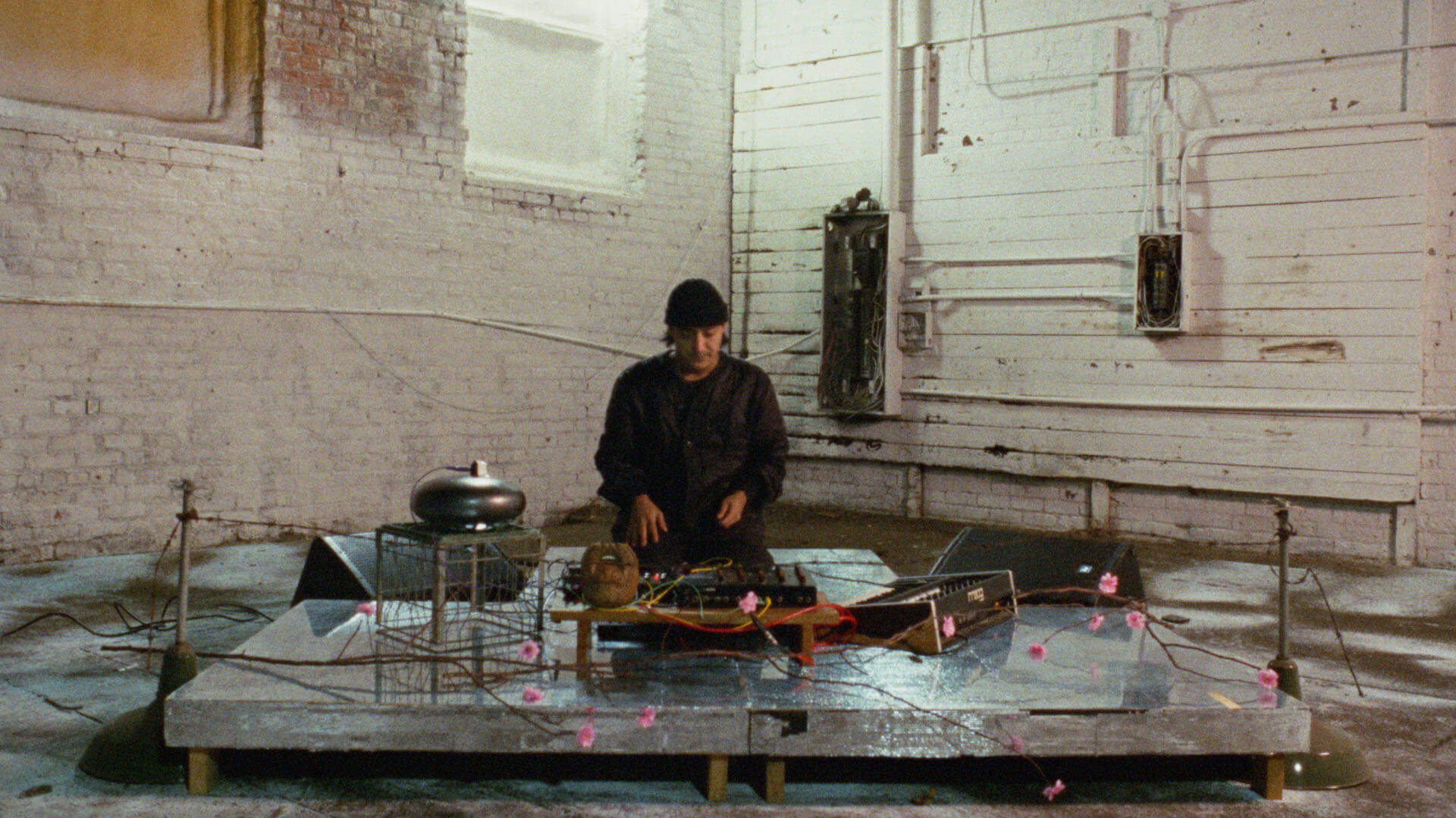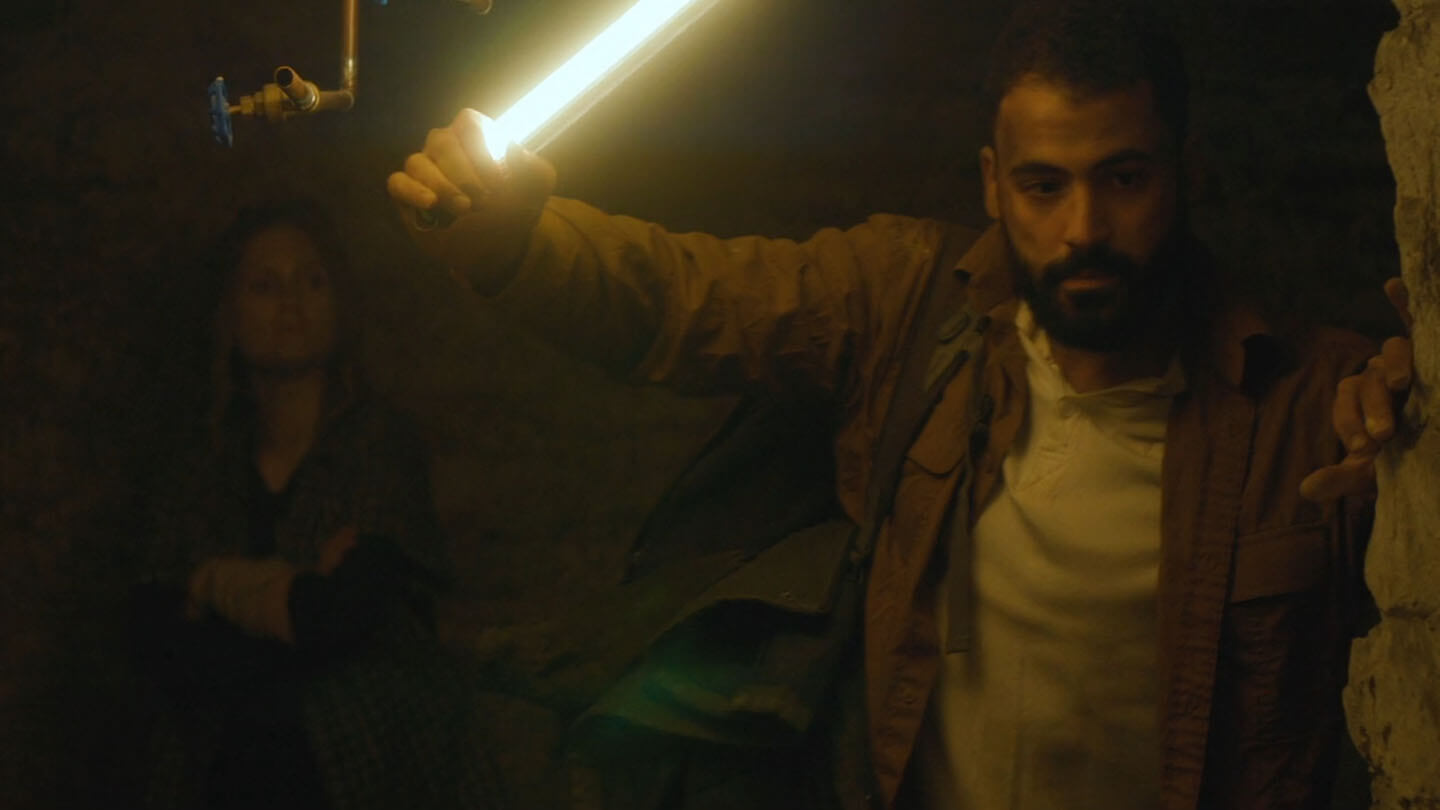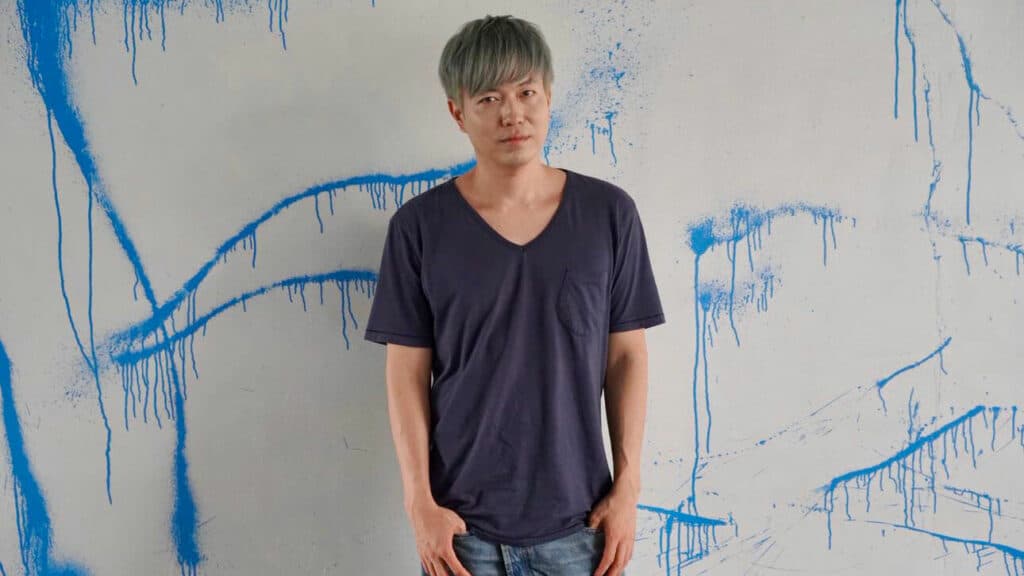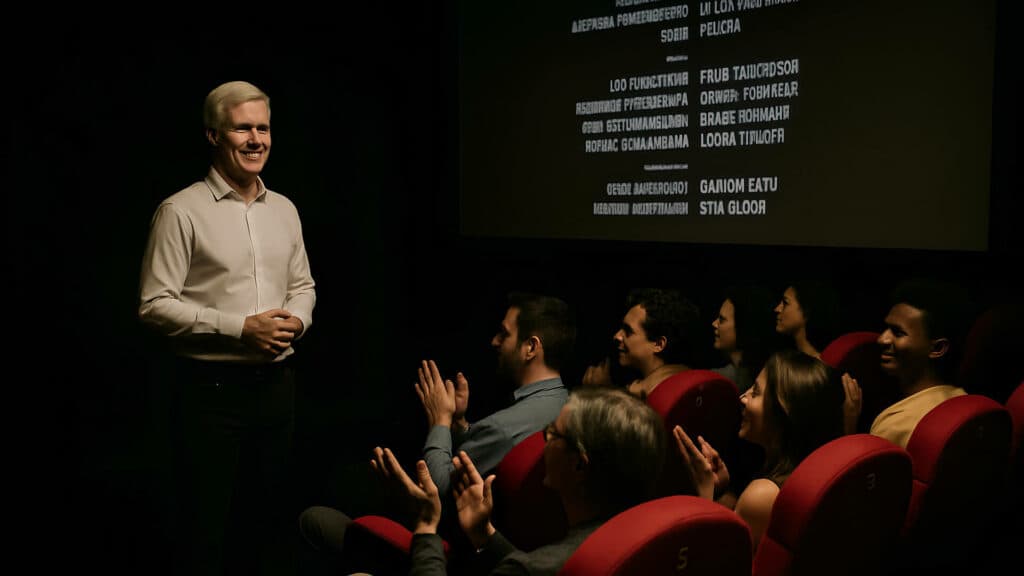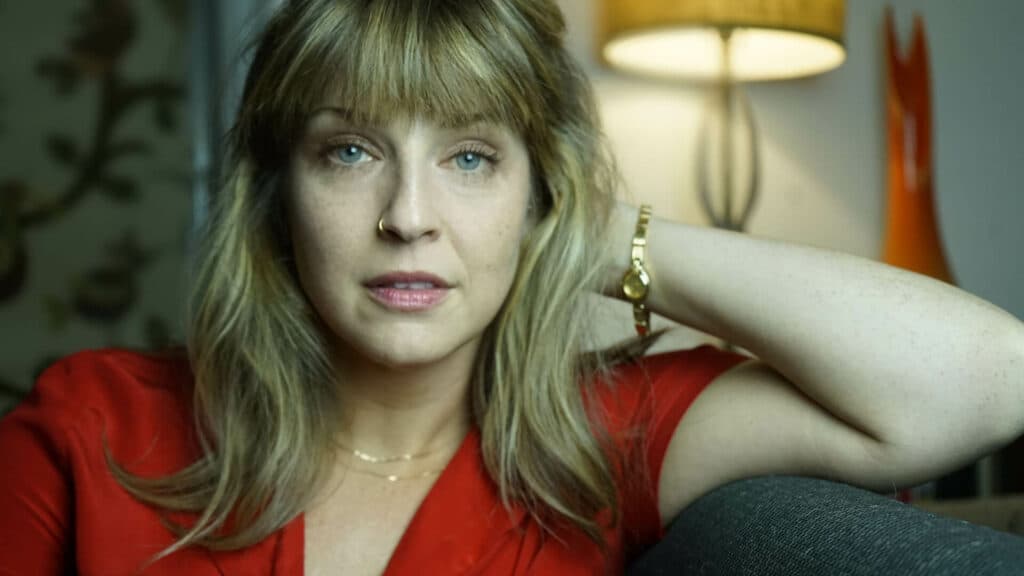Jamie Max Lee’s deeply personal—and deeply tender because of it—32-minute documentary Curating Grief: Loss and Objects is as much about curator Charlene Lam’s exhibition on the theme as it is a slice of the time Lee spends with her as both talk through the grief they carry within them.
In the documentary objects are collected to trace a kaleidoscopic outline of the people they belonged to. The portrait they paint may not be accurate—usually it is not—but they are intensely felt, because really, the portrait is more of the love for the loved one than the person they were. The film establishes this idea with painstaking effort, showing the ways Lam sees her late mother, and Lee sees his late father, and the ways that other people who knew the departed knew them differently.

Lee explains what this film was initially going to be and how it changed, mutating from a primary focus on Lam’s exhibition to the relation he develops with her as he inadvertently begins to process his latent grief under her instinctive guidance. It is a process of figuring out how to “rebuild [his] understanding of the world without this person in it.”
Lam thus forms the fulcrum of the project, which develops a portrait of her as well, demonstrating a sensitive focus on hands as equivalent to the face. The camera frequently and for extended durations trains its attention on them as she speaks with a gentle articulation that truly belongs within the spaces of museums and galleries that are home to her.
Two of the objects that stand out her Lam’s mother’s collection of near identical gold case lipsticks and Lee’s father’s stack of identical notebooks. Their numbers speak of repetition and time—after all, they were accumulated over years of routine behaviour dictated by the very habits and tendencies that Lam and Lee puzzle over and strain to preserve. How they were used is another aspect which asks you to pause and reflect. The shape of a used lipstick tells you about how the owner liked to apply it; the scribbled handwriting, struck out sentences are the impressions left behind by a busy mind now quiet. It is never cloying in its sentimentality. Instead, Lee and Lam’s grief is an invitation not only to glimpse it but to think about our own, too.
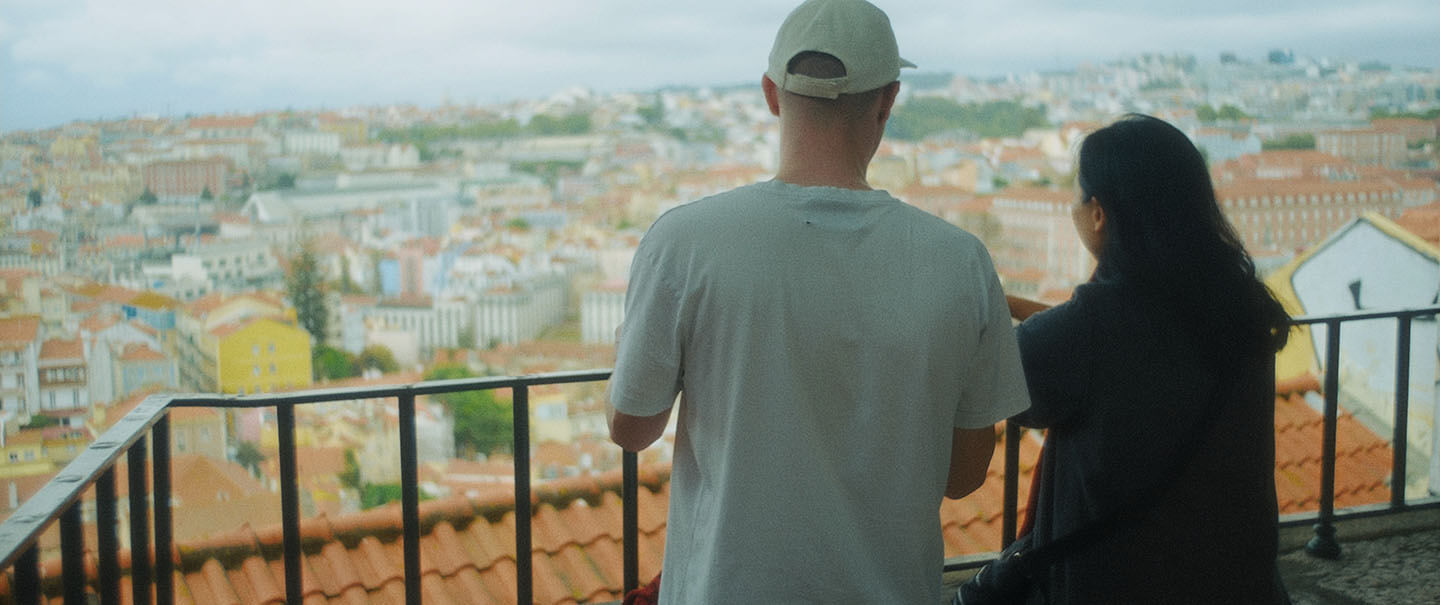
The editing is remarkable in the case of the lipsticks, showing confidence in its intricacy and flow, letting moments in time play with and slip into each other, as memories are wont to do. The result is both surprising and beautiful.
Though it could have been shorter, its success is that Curating Grief turns absentee subjects into active presences that almost certainly awaken empathy in viewers. As objects in lieu of lost loved ones take on the same degree of intimacy and character, the film becomes the accompaniment to and image of Lam’s curatorial work. It becomes an exercise in asking, “How did they live?” after answering the well-meaning if painful and ultimately eroding question, “How did they die?”
Watch Curating Grief: Loss and Objects Documentary Trailer
About the Author
Related Posts
No comments yet.
Got Something to add to this article?
Your email address will not be published. Required fields are marked *

